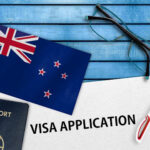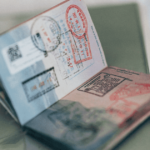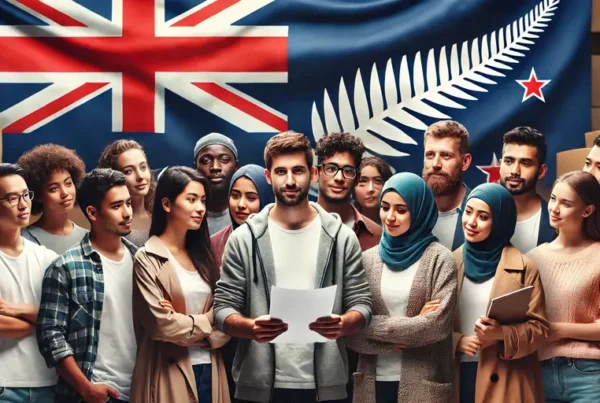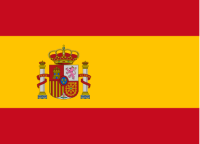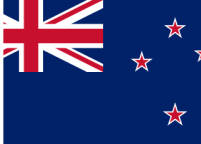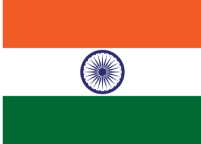Australia and New Zealand are two of the most beautiful and immigrant-friendly countries in Oceania.
New Zealand’s immigrant population comprises around 29% of its total population, with 1.4 million immigrants in a country of 5 million. Australia, with a population of 26.6 million, has approximately 8.2 million residents born overseas.
The largest immigrant population in both countries comprises nationals from India, China, and the Philippines. Information Technology, Healthcare, Construction, and Dairy are significant industries that employ skilled workers from overseas.
You can explore opportunities in the Information Technology, Healthcare, Construction, and Dairy/Agriculture industries to get a job. Now, the NZ government has added Secondary teachers to the Green List. Teachers are also one of the professions in high demand in NZ.
Next, you should understand occupational registration and get registered if required.
Occupational Registration
Some professions require occupational registration to get a job in Australia and New Zealand. Registration is mandatory for many healthcare professions (e.g., nursing, dentistry, medical practitioners), teachers, and electricians. Before applying for jobs, it’s essential to get the required registration or what’s the process for registering.(Read More)
Key Work Visas for New Zealand and Australia
Australia: To work in Australia, skilled professionals can apply for various visas that support different employment needs:
- Employer Nomination Scheme (ENS) visa (subclass 186):
Permanent visa for skilled workers nominated by an Australian employer. - Regional Sponsored Migration Scheme (RSMS) visa (subclass 187) – Temporary Residence Transition Stream:
Permanent visas are for skilled workers employed in regional Australia on a temporary work visa. - Skilled Independent visa (subclass 189) – Points-tested stream:
Points-based permanent visas for skilled workers not sponsored by an employer, family, or territory. - Skilled Nominated visa (subclass 190):
Permanent visa for skilled workers nominated by an Australian state or territory government. - Training visa (subclass 407):
Temporary visas are for people undertaking training or professional development. - Temporary Skill Shortage (TSS) visa (subclass 482):
A temporary visa allows Australian employers to bring in skilled workers; the DAMA Visa stream provides flexibility for employers in regional areas, allowing them to hire skilled labour under special concessions. - Temporary Graduate visa (subclass 485) – Post-Vocational Education Work stream:
Temporary visas are available for recent graduates of Australian institutions to gain work experience. - Skilled Regional (Provisional) visa (subclass 489):
Temporary visa for skilled workers sponsored by a relative or nominated by a state/territory in regional areas. - Skilled Work Regional (Provisional) visa (subclass 491):
- Skilled Employer Sponsored Regional (Provisional) visa (subclass 494):
New Zealand: New Zealand offers various visa options for skilled workers:
- Accredited Employer Work Visa (AEWV):
The main skill-based program started in July 2022. To get this, an employee should have a job offer from an accredited employer. - Skilled Migrant Category Visa:
A points-based visa for individuals with skills and experience in high demand in New Zealand. - Recognised Seasonal Employer Limited Visa (RSELV):
Designed for temporary workers in the horticulture and viticulture industries. Applicants must have a job offer from a Recognised Seasonal Employer (RSE) before applying.
Understanding ANZSCO
The Australian and New Zealand Standard Classification of Occupations (ANZSCO) system is a joint framework created by Australian and New Zealand authorities. It classifies and assigns codes to every occupation, providing a standardised way to analyse and communicate occupation-related data.
ANZSCO Skill Levels are essential, as they determine the qualifications and experience required for each role, which is crucial in understanding visa eligibility.
Conclusion:
Securing a job in Australia or New Zealand involves understanding visa options, ensuring compliance with ANZSCO skill levels, and meeting occupational registration requirements. With the right visa and skills, skilled professionals can find rewarding opportunities in thriving industries across the Oceania region.




